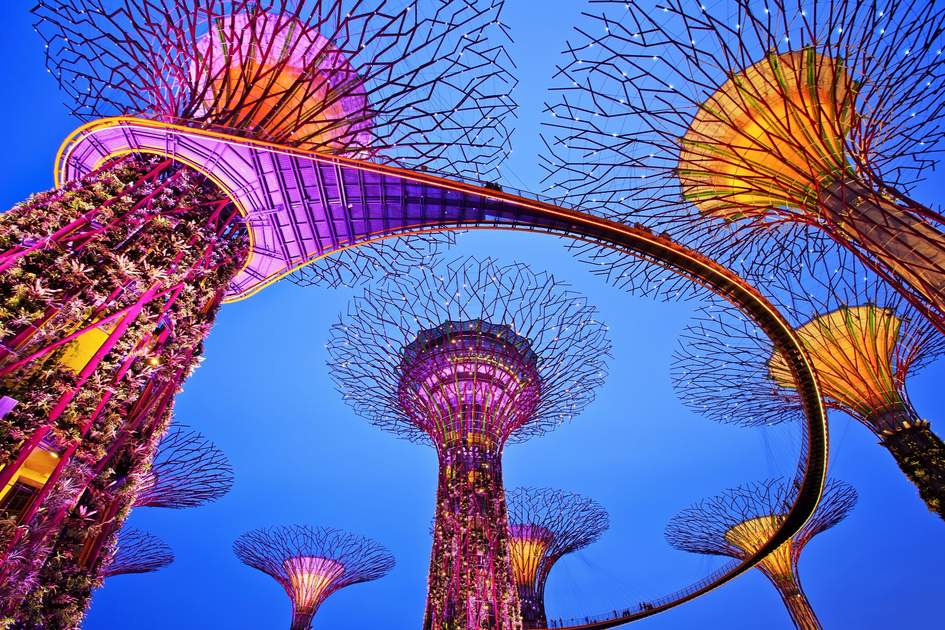nagoyasuzukiamerica.com – Singapore, often referred to as the Lion City, is a global city-state that seamlessly blends tradition and modernity in its art and architecture. This unique fusion is evident in the diverse array of buildings, art forms, and cultural experiences that characterize the city.
The Architectural Landscape
Singapore’s architectural landscape is a testament to the harmonious integration of historical and contemporary elements. The city is home to a mix of colonial-era buildings, traditional shophouses, and modern skyscrapers, each contributing to its distinctive urban fabric.
Colonial and Traditional Influences
Colonial buildings in Singapore, such as the Istana, Raffles Hotel, and the Supreme Court, are prime examples of the city’s rich architectural heritage. These structures have been meticulously preserved, maintaining their historical charm while being adapted for modern use. Traditional shophouses, particularly those in the Peranakan style, also dot the city’s streets, showcasing intricate facades and ornate decorations that reflect the region’s cultural influences.
Modern Architectural Innovations
In contrast, modern architecture in Singapore is characterized by innovative designs and cutting-edge technology. Iconic landmarks like the Marina Bay Sands, Changi Airport, and the ArtScience Museum exemplify this modernity. These buildings not only serve functional purposes but also act as symbols of Singapore’s progress and innovation.
The Art Scene
Singapore’s art scene is equally vibrant, blending traditional crafts with contemporary innovation. The city hosts a variety of art forms, from traditional Chinese and Malay art to modern installations and digital art.
Traditional Arts
Traditional arts in Singapore include intricate crafts such as batik, woodcarving, and pottery. These art forms are often showcased in museums and cultural centers, providing a glimpse into the country’s rich cultural heritage.
Contemporary Art
Contemporary art in Singapore is dynamic and diverse, with a strong emphasis on innovation and experimentation. The city is home to numerous galleries and art spaces that host both local and international artists, fostering a thriving artistic community.
Cultural Experiences
Singapore’s commitment to the arts is evident in its numerous cultural events and festivals. These events celebrate both traditional and modern art forms, offering a rich array of cultural experiences for residents and visitors alike.
Festivals and Events
Festivals such as the Singapore Art Week and the Singapore Biennale bring together artists from around the world, showcasing a mix of traditional and contemporary art. These events not only highlight Singapore’s artistic diversity but also promote cultural exchange and understanding.
Conclusion
Singapore’s art and architecture exemplify a harmonious blend of tradition and modernity. The city’s architectural landscape, from colonial buildings to modern landmarks, and its art scene, encompassing both traditional crafts and contemporary innovation, reflect its commitment to preserving heritage while embracing progress. This unique fusion makes Singapore a fascinating destination for those interested in exploring the intersection of the old and the new.
